Summer is a great time for being outdoors, but it also means more bugs will be out in full force. Mosquitos, in particular, can be a huge nuisance as they’re not just an annoyance. Their bites can irritate the skin and even spread certain diseases, which exhibit varying symptoms. Though you can find mosquito repellent on the market, it’s a good idea to have a few natural options that you can use on your skin, in the home, or in the yard.
10 Natural Mosquito Repellents That Work

1. Lemon Eucalyptus
Ingredients
- 1 part lemon eucalyptus oil
- 10 parts sunflower oil or witch hazel
Method:
- Combine the ingredients in a bottle and shake well.
- Use as desired.

2. Lavender
This oil can usually be applied to the skin without being diluted, but this should be confirmed with your doctor. If you have lavender plants at home, you can crush the leaves and apply the liquid directly to the skin.

3. Cinnamon
Ingredients
- ¼ tsp cinnamon oil
- 4 ounces distilled water
Method:
- Combine the ingredients in a spray bottle and shake well.
- Use as desired.
RELATED: Natural Bug Repellent Recipes

4. Thyme
Ingredients
For a skin oil:
- 4 drops thyme oil
- 1 tsp carrier oil such as jojoba or olive
For a spray:
- 5 drops thyme oil
- 2 ounces distilled water
Method:
- Combine ingredients and shake well. Use a bottle for the oil and a spray bottle for the spray.
- Use as desired.
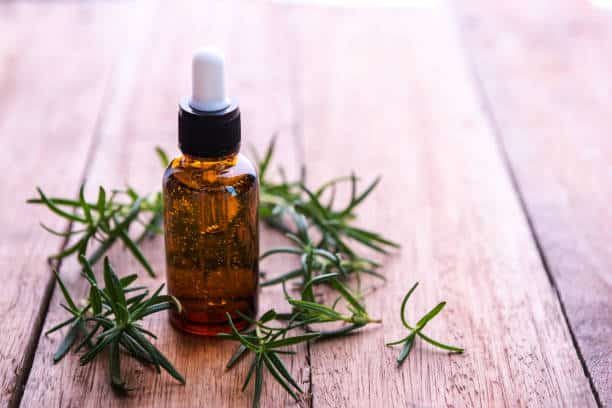
5. Rosemary
Ingredients
- ¼ cup apple cider vinegar
- ¼ cup distilled water
- 40 drops of rosemary oil
Method:
- Combine ingredients in a spray bottle and shake well.
- Use as desired.

6. Eucalyptus
Ingredients
- ⅓ cup witch hazel
- ⅓ cup distilled water
- 40 drops of eucalyptus oil
Method:
- Combine ingredients in a spray bottle and shake well.
- Use as desired.
RELATED: What’s Bugging You? 10 Most Common Bug Bites
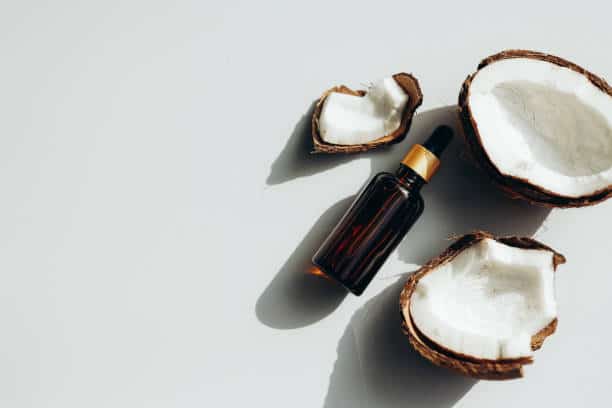
7. Coconut Peppermint
Ingredients
- ⅓ cup coconut oil
- 15 drops peppermint oil
Method:
- Combine ingredients in a jar.
- The mixture is liquid at room temperature and can be applied to the skin as desired.
- For a solid repellent that can cool your skin when applied, put the jar in the refrigerator.
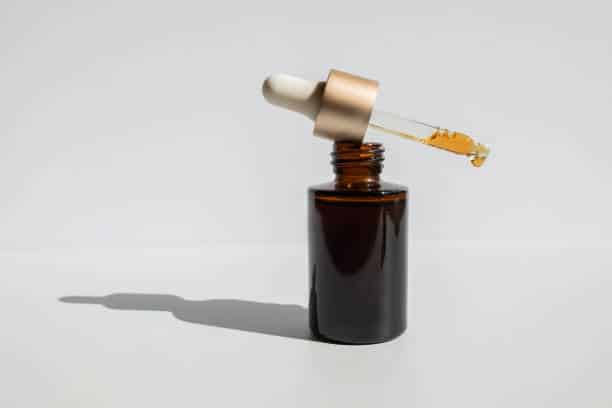
8. Citronella
Ingredients
- 10-20 drops each of lavender essential oil, lemon eucalyptus oil, and citronella essential oil
- 2 ounces distilled water
- 2 ounces white vinegar
Method:
- Combine ingredients in a spray bottle and shake well.
- Use as desired.
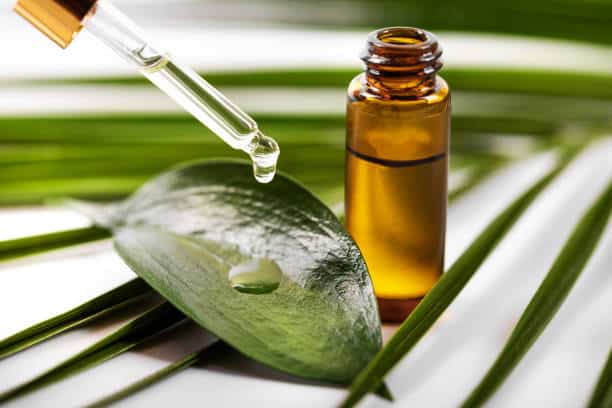
9. Tea Tree
Ingredients
- ¼ cup distilled water
- ¼ cup witch hazel
- 15-25 drops essential oils (combination of any of the following: lavender, clove, spearmint, tea tree oil, peppermint, citronella, lemongrass)
Method:
- Combine three or four of the listed essential oils in a spray bottle and shake well.
- Use as desired.
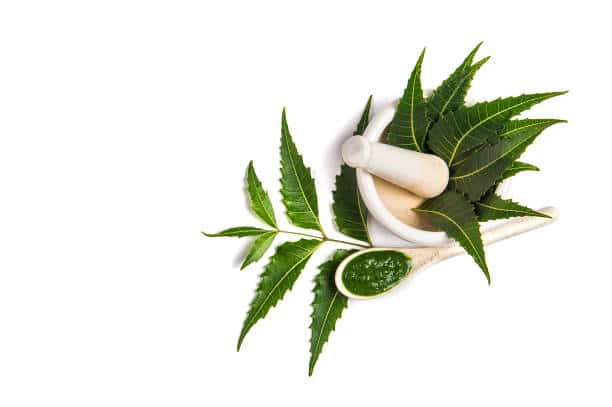
10. Neem
Ingredients
- 1 ½ – 3 teaspoons extra virgin, cold-pressed neem oil
- 1 bottle distilled water, carrier oil (such as jojoba, sunflower, or olive), or lotion
Method:
- Pour neem oil into the bottle and shake well.
- Use as desired.
What to Consider Before You Start
Natural repellents can be helpful for those who have had a reaction to over-the-counter options before. According to the Environmental Protection Agency (EPA), using products that contain N, N-diethyl-meta-toluamide (DEET) can cause irritation, pain, or watery eyes if it gets into your eyes. It can also cause swelling, irritation, and a rash if you keep it on your skin for extended periods. If you accidentally ingest DEET, you may experience vomiting, nausea, and digestive issues. In rare circumstances, you may have seizures. Those who have sensitive skin and children may be more prone to have this kind of reaction to DEET.
Some people also prefer to stay away from DEET because of its documented environmental impact. The chemical can persist in the environment when sprayed or otherwise used. It can also contaminate groundwater and harm aquatic life.
However, that doesn’t mean you don’t have to be careful with them. Some essential oils can irritate sensitive skin, especially those who have conditions like eczema and psoriasis. Since some people may be allergic to ingredients like coconut oil, it’s a good idea to test a small area of skin with a drop of the oils you plan to use and observe it for a day. Inhaling essential oils can also be a problem for those with allergies. Age restrictions may still apply for natural repellents, as well. As an example, lemon eucalyptus oil isn’t recommended for children under the age of three.
Additionally, it’s important to note that the efficacy of your natural repellent generally depends on the quality of the ingredients you use. Even if you use high-quality ingredients, it’s up to you to determine how long your natural repellent lasts. Unlike the chemical repellents, natural ones don’t always have a set time to be reapplied. For example, products with 10% DEET can be effective for about two hours, while those with 20-30% can last for up to 12 hours.
For those with concerns about sensitive skin, it might be helpful to combine a mild repellent on the body with a stronger spray that can be used around the home or oils that can be placed in key locations.
If you have any concerns, though, the best person to talk to is your doctor. Depending on your condition, you may choose to ask your primary care physician or a dermatologist. They should be able to advise you on which oils to avoid and the possible signs of an adverse reaction.
If you’ve had a bad experience with chemical repellents, it’s a good idea to check out the natural alternatives. If you do that, though, you should ensure that you don’t have an allergic reaction to the ingredients you use. Talking to your doctor is a good first step before trying any natural repellents, so you know what to look out for.








